What To See At The Science Museum in London – 8 Interesting And Fun Exhibits
The Science Museum is a popular museum in London home to a vast collection of historical science artifacts. It is one of the city’s major tourist attractions, and admission is free. I went on a quick tour of this museum, though I would say it is more suited for children and young teenagers. There are many fun and interesting exhibits, accompanied by information boards that are easy to understand. The museum is not too big, therefore it is quite easy to navigate. Before going down, you might want to download the floor plan of the museum. Below are my eight favourite exhibits in the museum, which should be of interest for both adults and children.
1. Apollo 11 Lunar Module ‘Eagle’
The Apollo 11 Lunar Module ‘Eagle’ was the first crewed vehicle to land on the Moon in 1969. It carried two astronauts, Commander Neil A. Armstrong and pilot Edwin E. “Buzz” Aldrin, Jr.
The display in the Science Museum is actually a replica, but it still looked pretty cool. There is also a fake astronaut fully clad in spacesuit beside the Lunar Module.
Location: Exploring Space (Level 0)
2. Valve from Colossus Project (1940-1945)
Colossus was the world’s first programmable computer. It was designed by Tommy Flowers (1905-1998) based on the work of mathematician Alan Turing (1912-1954), and was instrumental in code breaking during World War II.
The computer was destroyed at the end of the war to protect government secrets. Fortunately, a few pieces of the machine survived and were passed to Professor Brian Randell at Newcastle University, who was a key figure in the campaign to get information about Colossus declassified early.
Location: Information Age (Level 2)
3. Alan Turing’s Pilot ACE Computer
The Pilot ACE (Automatic Computing Engine) is one of Britain’s earliest stored program computers and the oldest complete general purpose electronic computer in Britain. It was designed by Alan Turing (1912-1954) at the National Physical Laboratory (NPL) between 1945 and 1947.
The computer was estimated to have cost £50,000 to design and build, but had earned over £240,000 by 1954 from advanced scientific and engineering work in various fields including crystallography, aeronautics and computing bomb trajectories.
Location: Information Age (Level 2)
4. One Million Volt Particle Accelerator
The One Million Volt Particle Accelerator, built in 1937, was a machine used to split the atom. It did so by accelerating protons using high voltages, and then smashing the protons into atomic nuclei.
This radical method was invented by John Cockcroft and Ernest Walton, at the Cavendish Laboratory in Cambridge. Their brilliant work earned them a Nobel Prize and provided the first experimental proof of Einstein’s famous equation, E=mc2!
Location: Making the Modern World (Level 0)
5. Apple I Computer
The Apple Computer 1 was the first computer made by the Apple Computer Company (now Apple Inc.) in 1976. It was designed and hand-built by Steve Wozniak, while Steve Jobs came up with the idea of selling it. Being an Apple fan, it was a surreal experience to see this original Apple computer with my own eyes.
Location: Making the Modern World (Level 0)
6. Puffing Billy Locomotive
Puffing Billy is the oldest surviving steam locomotive in the world. It was built in 1814 by William Hedley, Jonathan Forster, and Timothy Hackworth, to haul coal trains (at little more than walking pace). It was meant to replace the horses used on the tramway, and remained in service until 1862.
Location: Making the Modern World (Level 0)
7. Analytical Engine
The Analytical Engine was the first fully-automatic calculating machine, conceptualised by British polymath Charles Babbage (1791-1871). It was designed to evaluate any mathematical formula, and remains one of the finest examples of precision engineering of the time.
The portion shown consists of about 2000 parts and represents one-seventh of the complete machine. Unfortunately, the engine was never fully completed, and only part of the machine as a trial piece was completed just before Babbage’s death in 1871.
Location: Mathematics The Winton Gallery (Level 2)
8. Lockheed 10A Electra
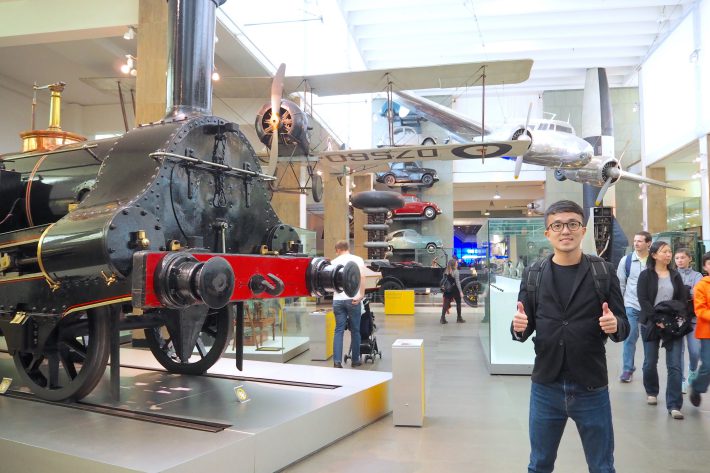
The Lockheed Model 10 Electra was an American twin-engined airliner developed by Lockheed in the 1930s to compete with the Boeing 247 and Douglas DC-2. The model on display in the Science Museum is the Lockheed 10A Electra.
The Electra gained considerable fame after Amelia Earhart flew the highly modified Model 10E on her ill-fated world flight in 1937.
Location: Making the Modern World (Level 0)
Science Museum
Directions: 5-minute walk from South Kensington Station
Address: Exhibition Rd, South Kensington, London SW7 2DD, United Kingdom
Opening Hours: Daily 10am to 6pm (last entry 5.15pm)

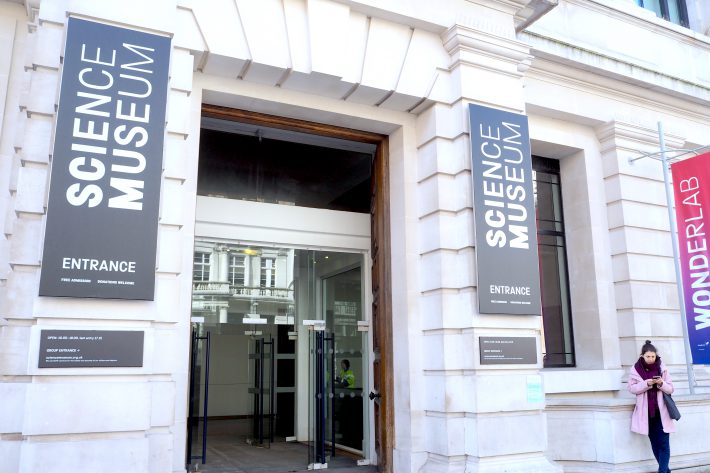
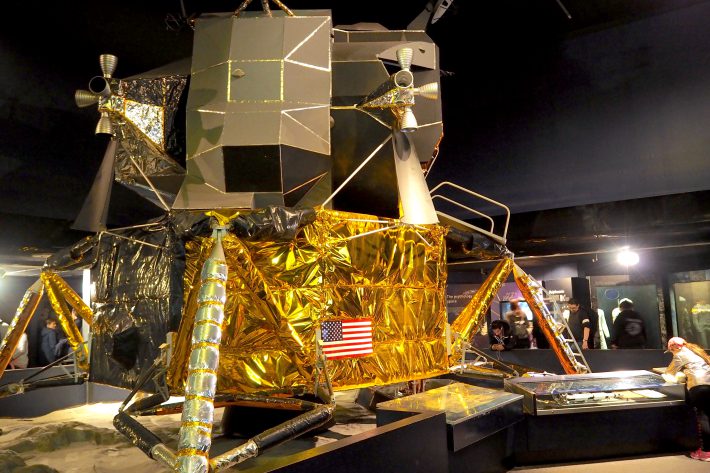
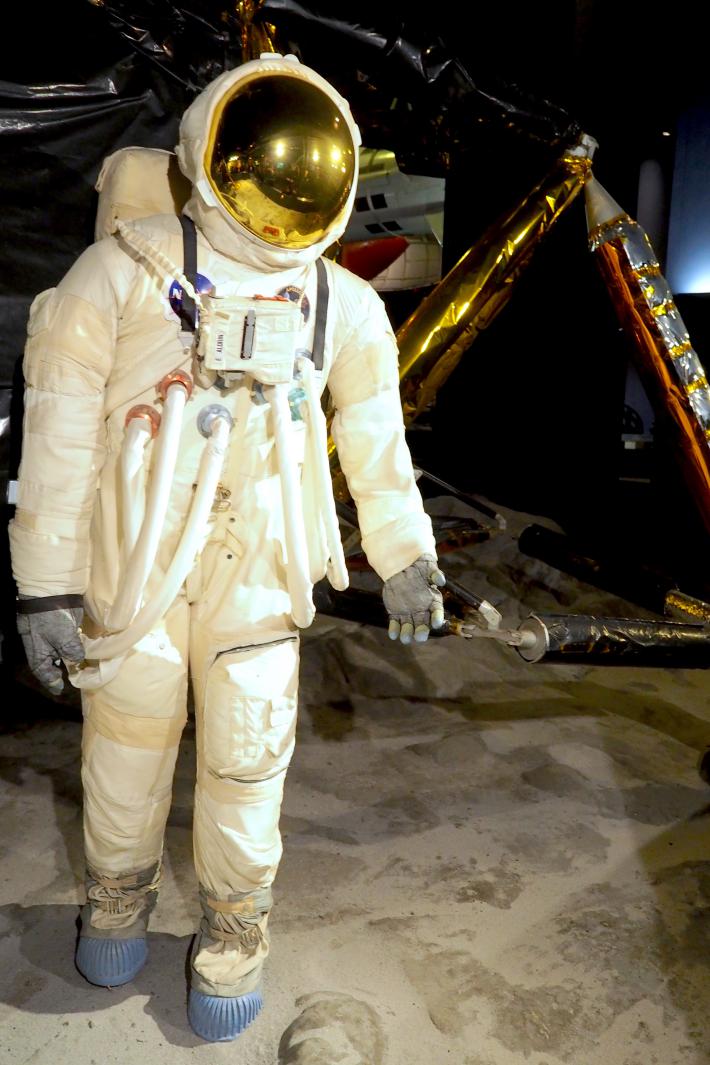
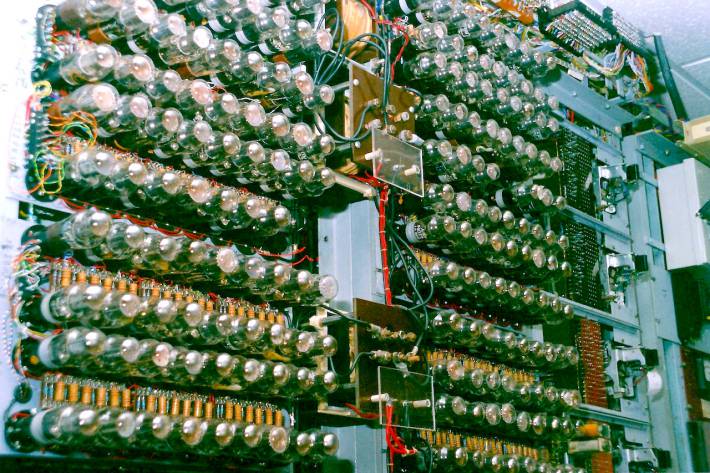
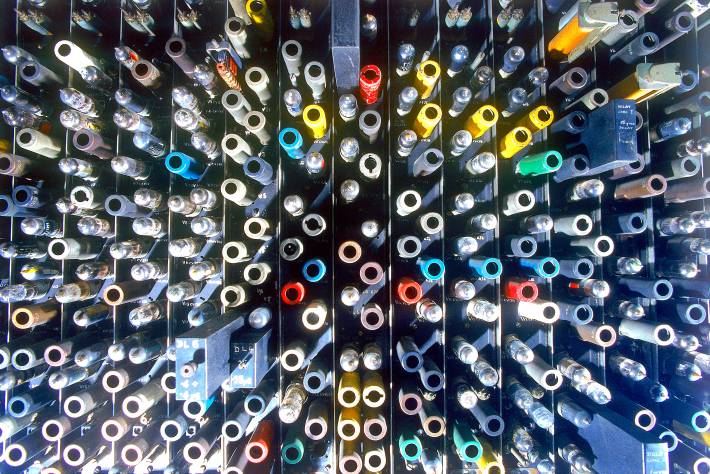
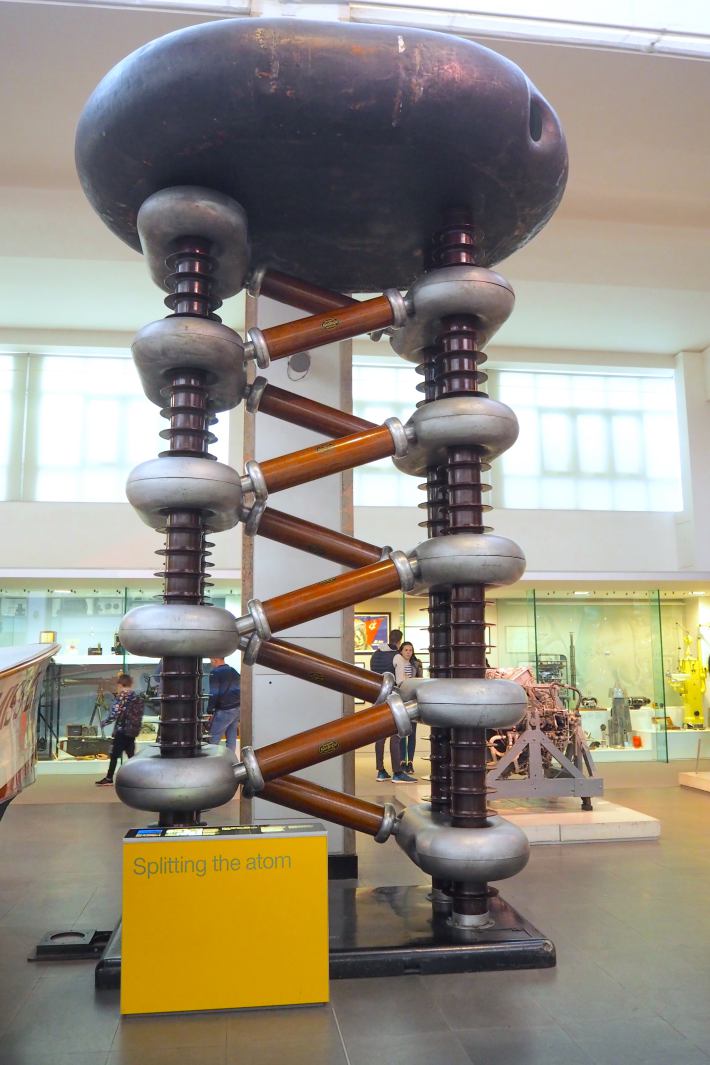
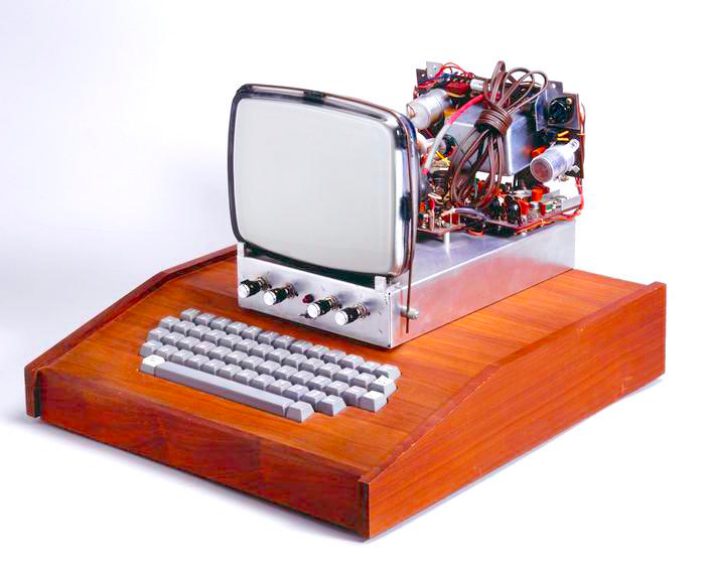
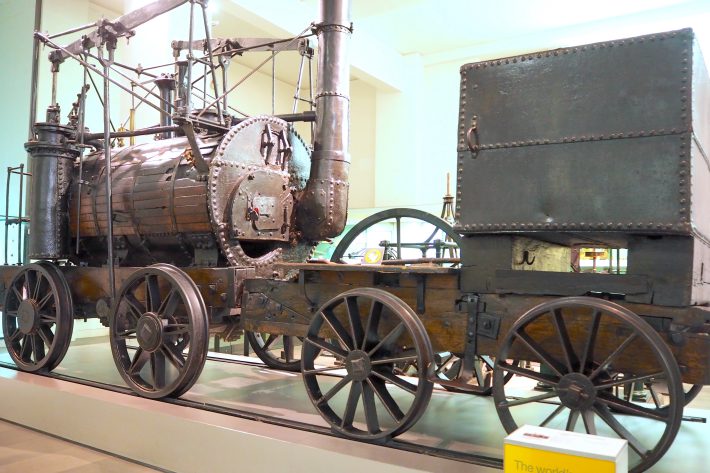
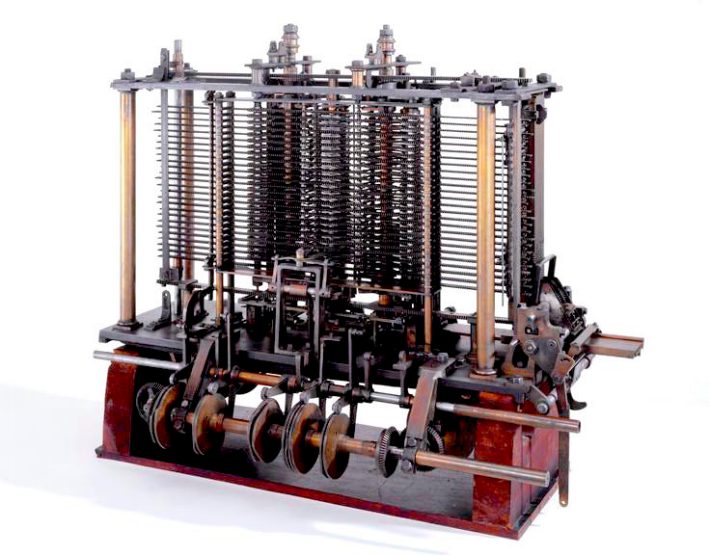
No comments yet